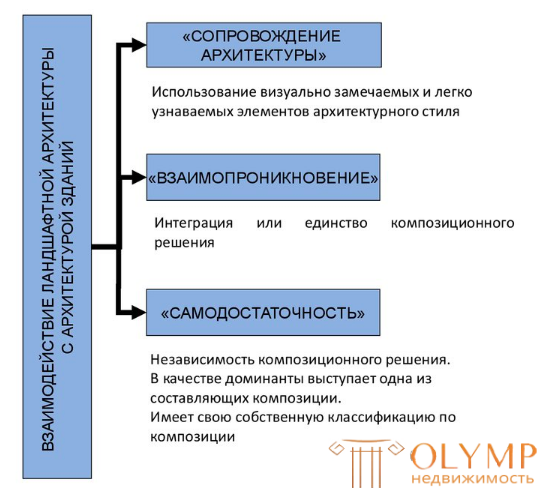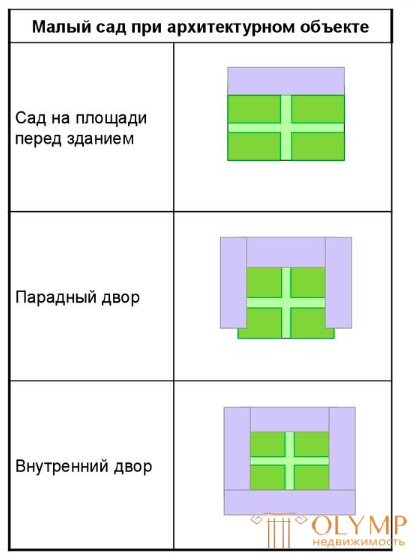
The Small Garden is a product of a super-urbanized environment in which the natural complex of the city is divided into sections of smaller and smaller sizes. Along with the miniaturization of the plots, there is a variety of forms of integrating nature into urban development. It is no coincidence that the terms "pocket garden", "mini-garden", "micro-gardens" have become increasingly common in publications about landscape architecture. The territorial miniaturization of landscape complexes leads to the expansion of the role and place of green spaces in the urban environment, due to the formation of a “microlandscape”. It is important to note that the defining feature of a small garden is not so much its size, but also the degree of its assimilation, organic “implantation” in the human environment and giving it spiritual features. All this reflects the processes that balance, balance the problems of globalization in the world, creating more commensurate with a person, comfortable conditions for his life. The phenomenon under consideration, as a form of humanization and individualization of living conditions, is especially characteristic of landscape architecture.


In the first half of the XX century, in connection with the development of industry, there was a sharp reduction in green areas and natural landscapes. A rather aggressive environment was formed where the person became uncomfortable, he lacked communication with wildlife. It is no accident that for many citizens the world began to seem deprived of balance, stability and spirituality. This subsequently gave rise to the desire to introduce wildlife into materials and forms that are alien to it, thereby compensating for the displacement of natural nature by building. The feeling of disharmony and discomfort is caused not only by the lack of greenery, but, and most importantly, by insufficient attention when designing to the significance of social, environmental and aesthetic and artistic requirements. Small gardens can and should become an important means of solving many problems. The Small Garden is becoming one of the important methods of humanization of the modern urban environment.
The garden always expresses the results of a person’s complex spiritual activity, his desire for harmony, for a certain ethical and aesthetic ideal. Changes in economic, political, cultural living conditions led to the correction and change of these ideals. This, in turn, led to the development of garden art as a genre, the change of artistic styles in its organization. Changes occurred in approaches to the formation of small gardens, in the development of the functions of a small garden, in the search for new architectural forms and compositional techniques. But at the same time, the special significance of the poetry of the small garden, its semantic and symbolic content, as an object of artistic creation is never lost. Therefore, the study and comprehension of the historical experience of various regions and cultures on the creation of small gardens is relevant.
In the context of the new socio-economic conditions of the late XX-early XXI centuries in urban planning, there is an urgent need for an integrated approach to identifying, studying, designing small gardens as fragments of the modern city environment. The Small Garden is considered in cooperation with human, social and cultural factors of the development of the process of "small landscape architecture". Such important aspects as creating favorable environmental, social and aesthetic living conditions of citizens, improving the quality of human environment depend on how competently this problem is solved.
Что бы оставить комментарий войдите
Комментарии (0)